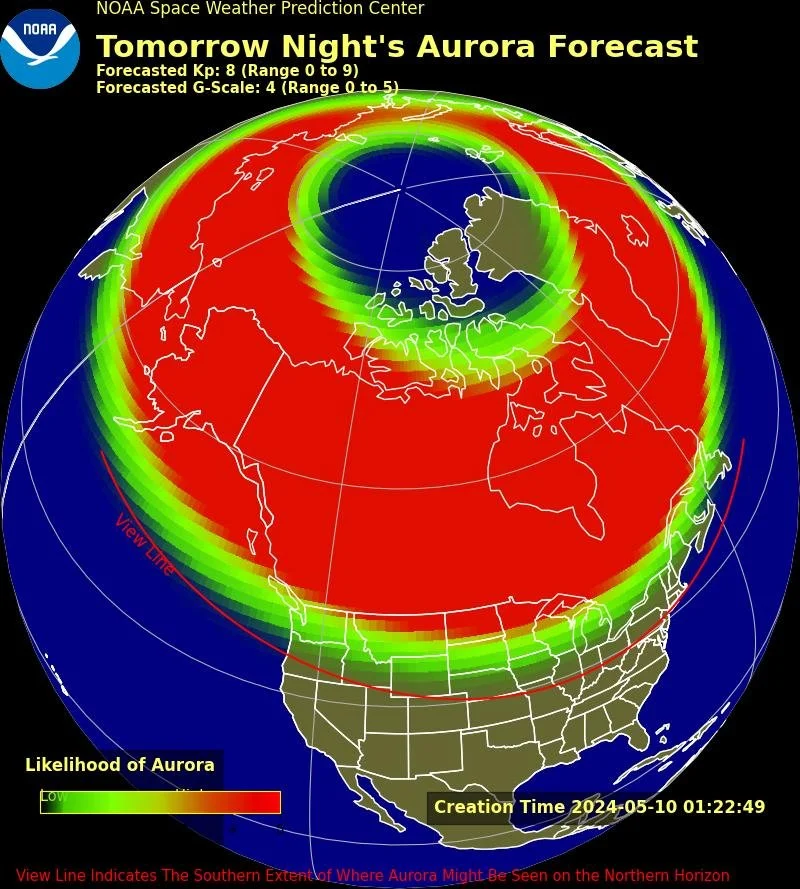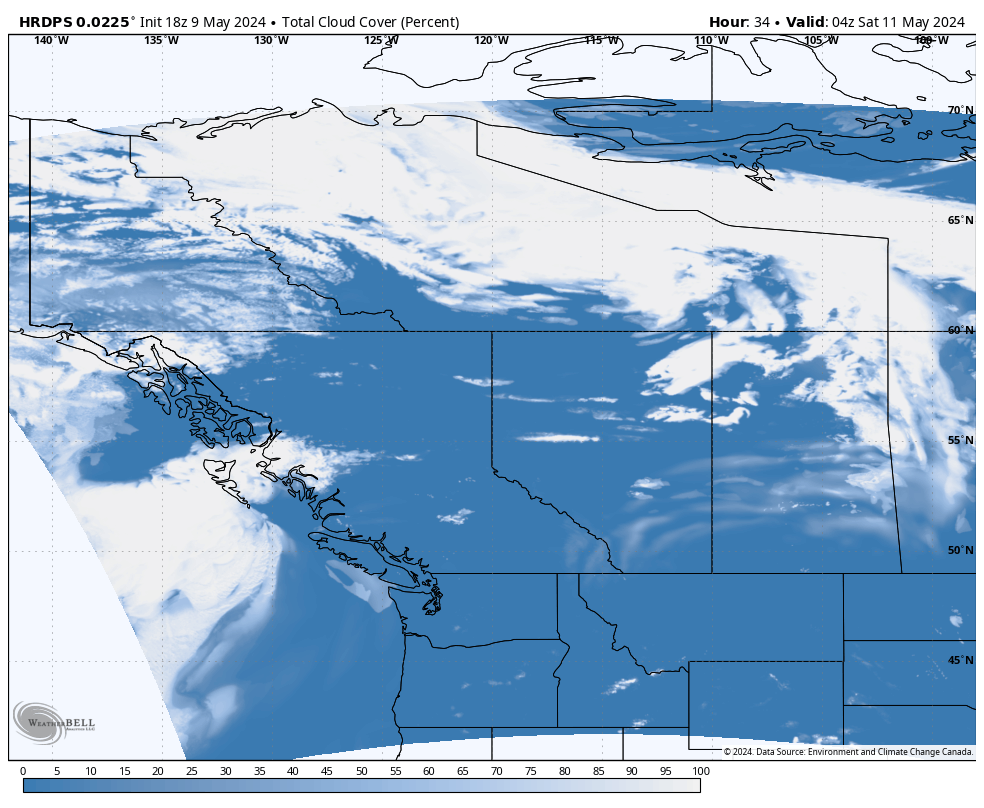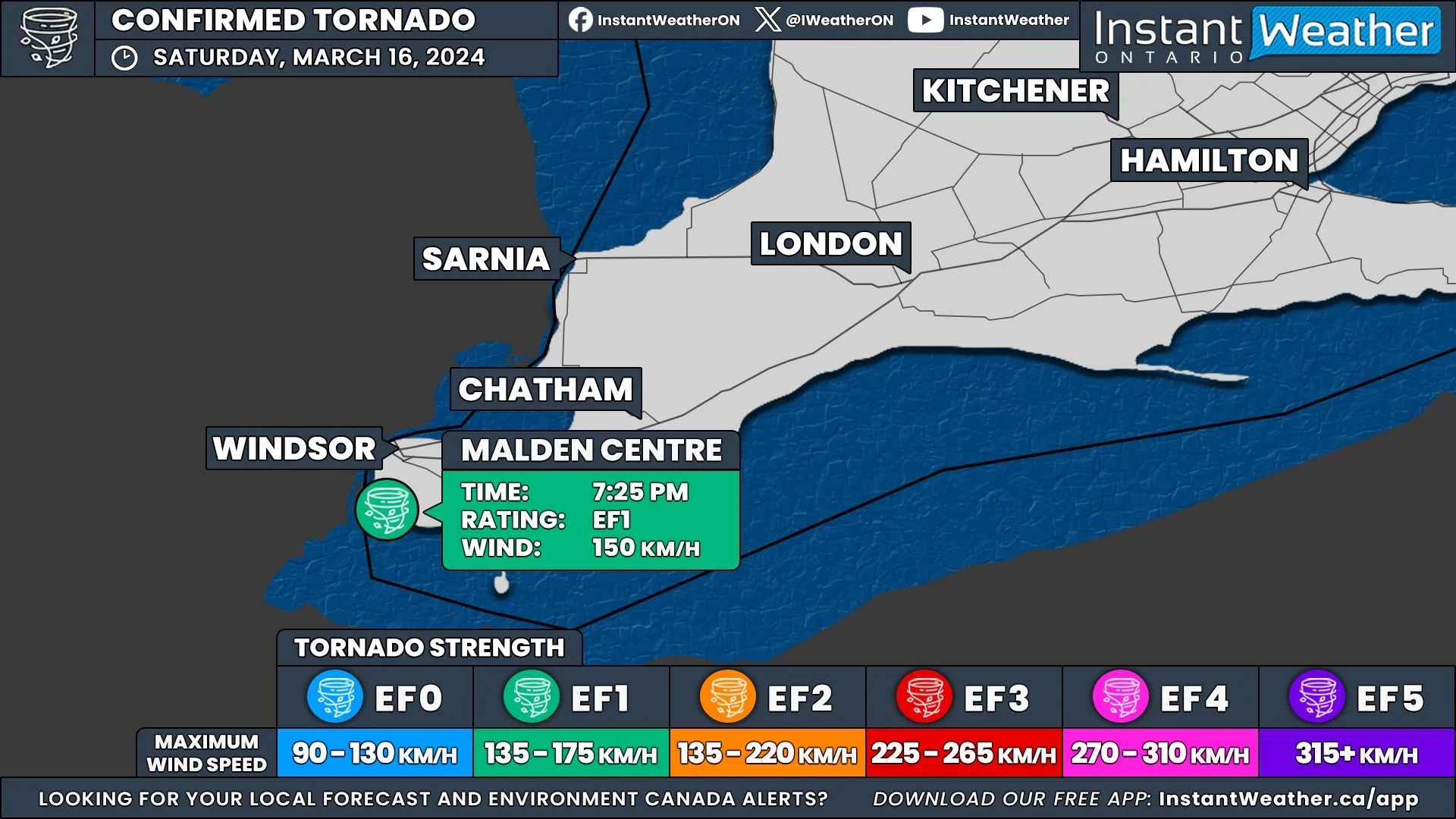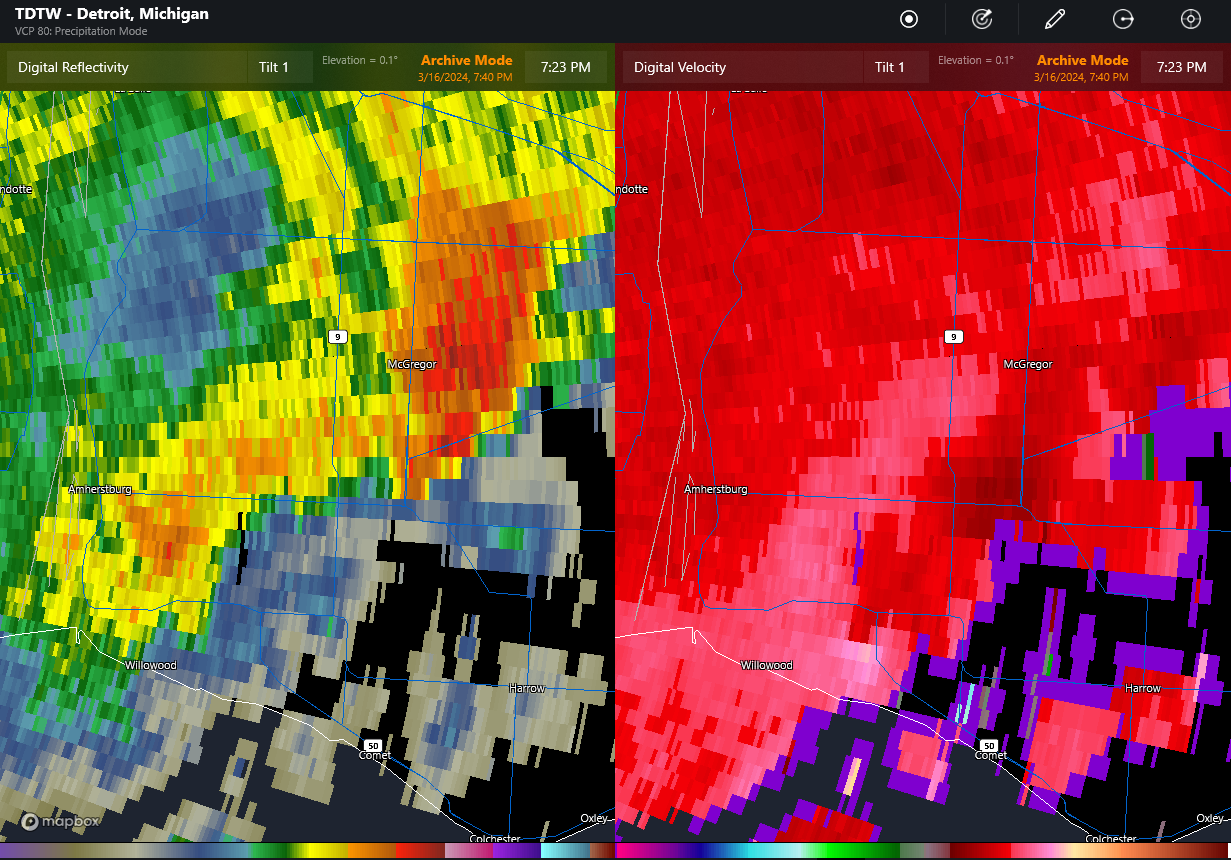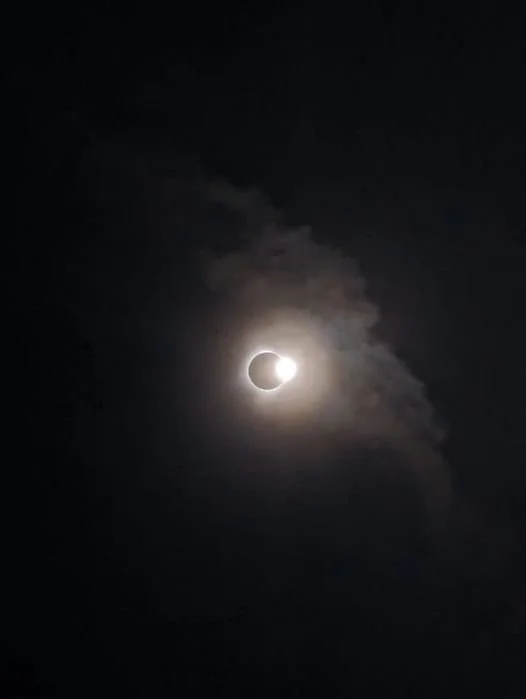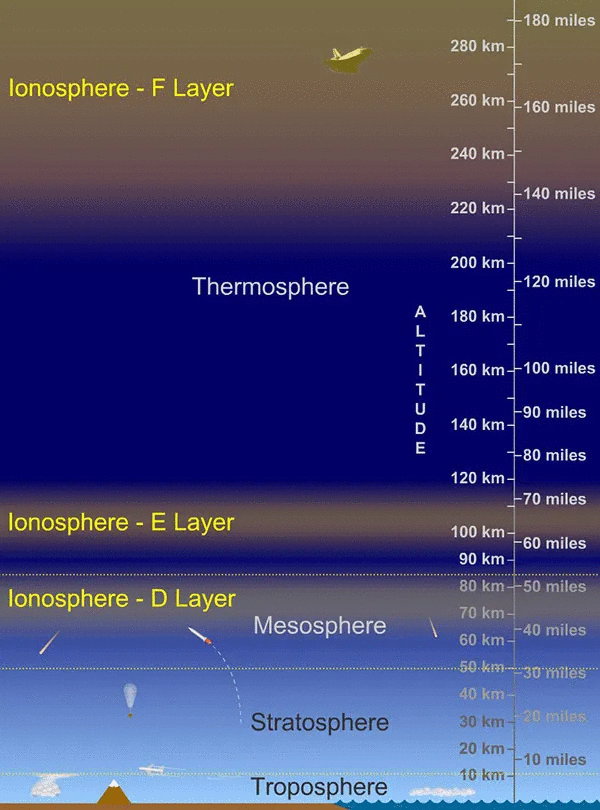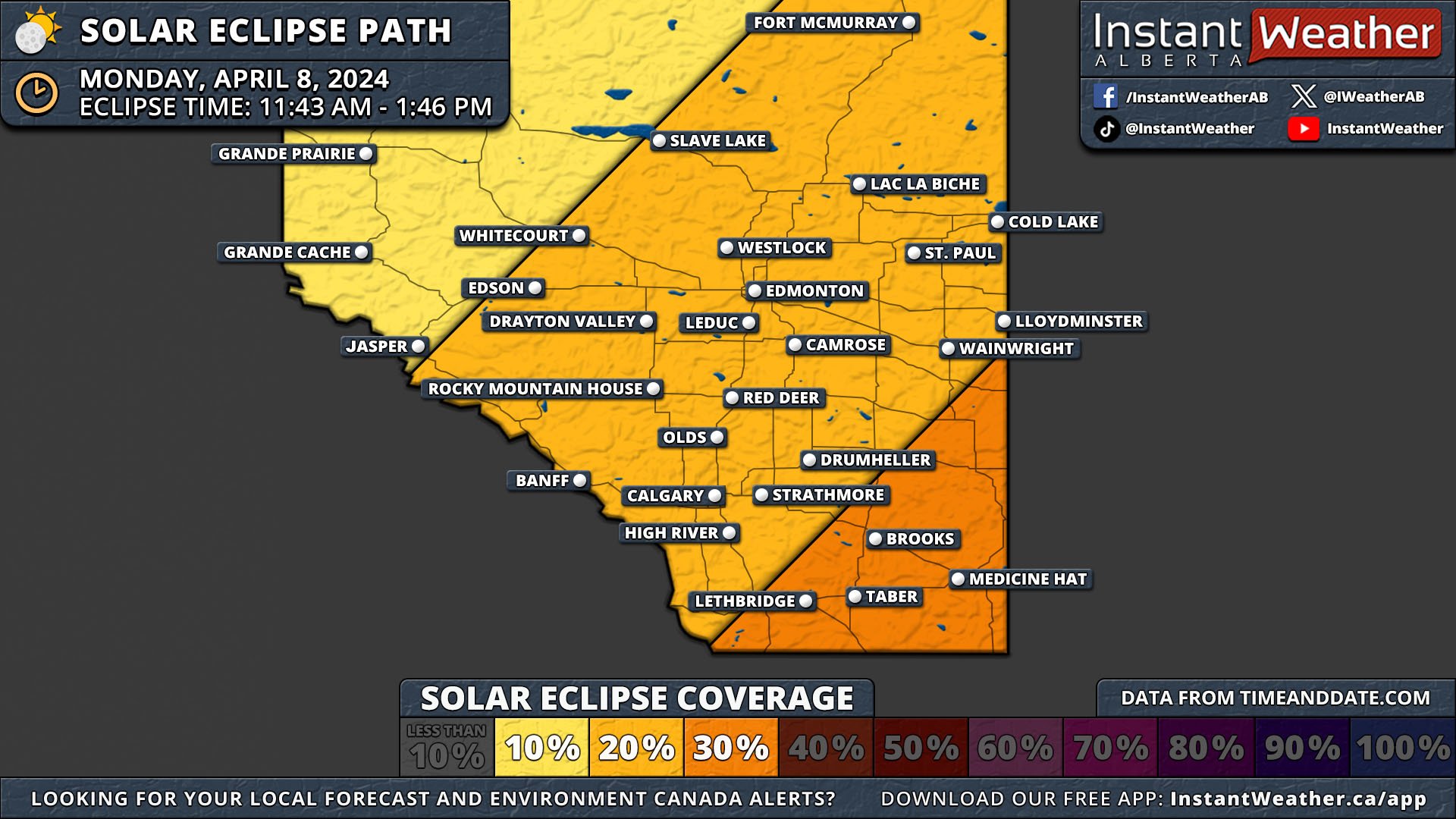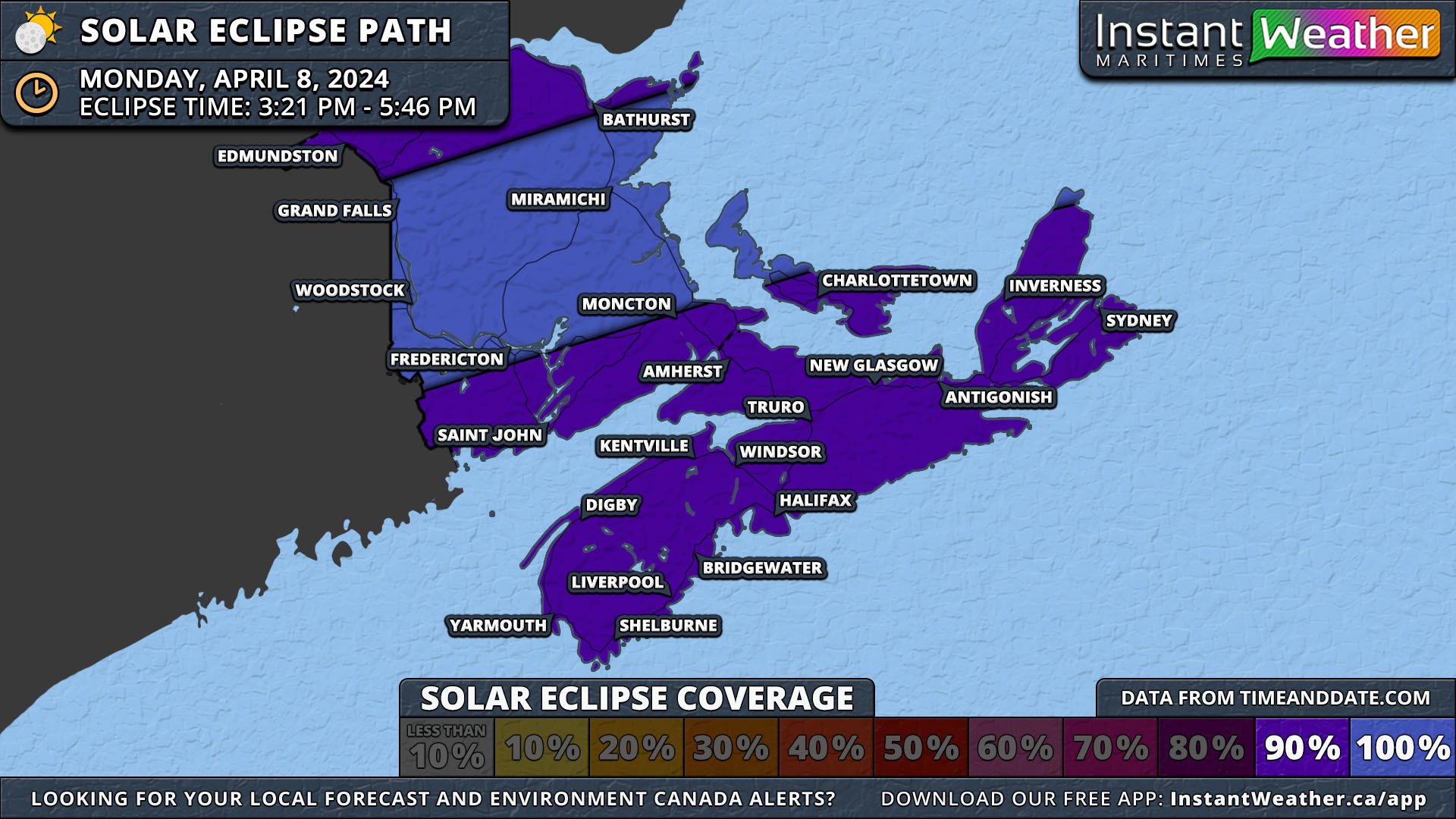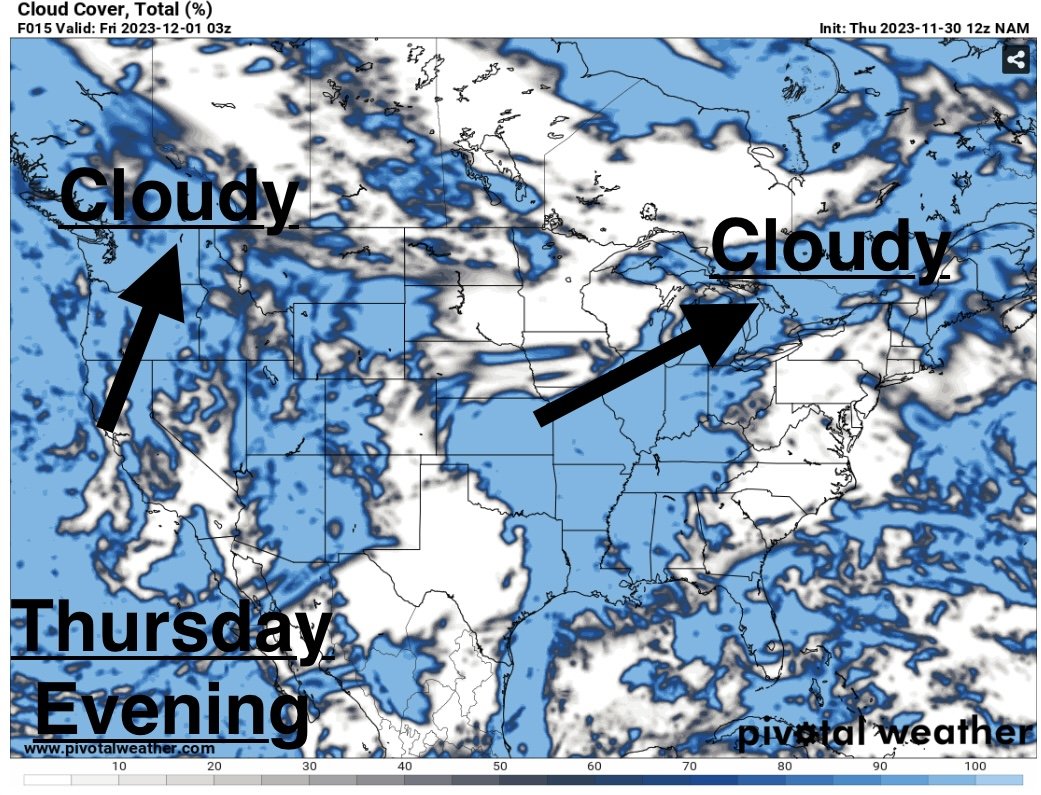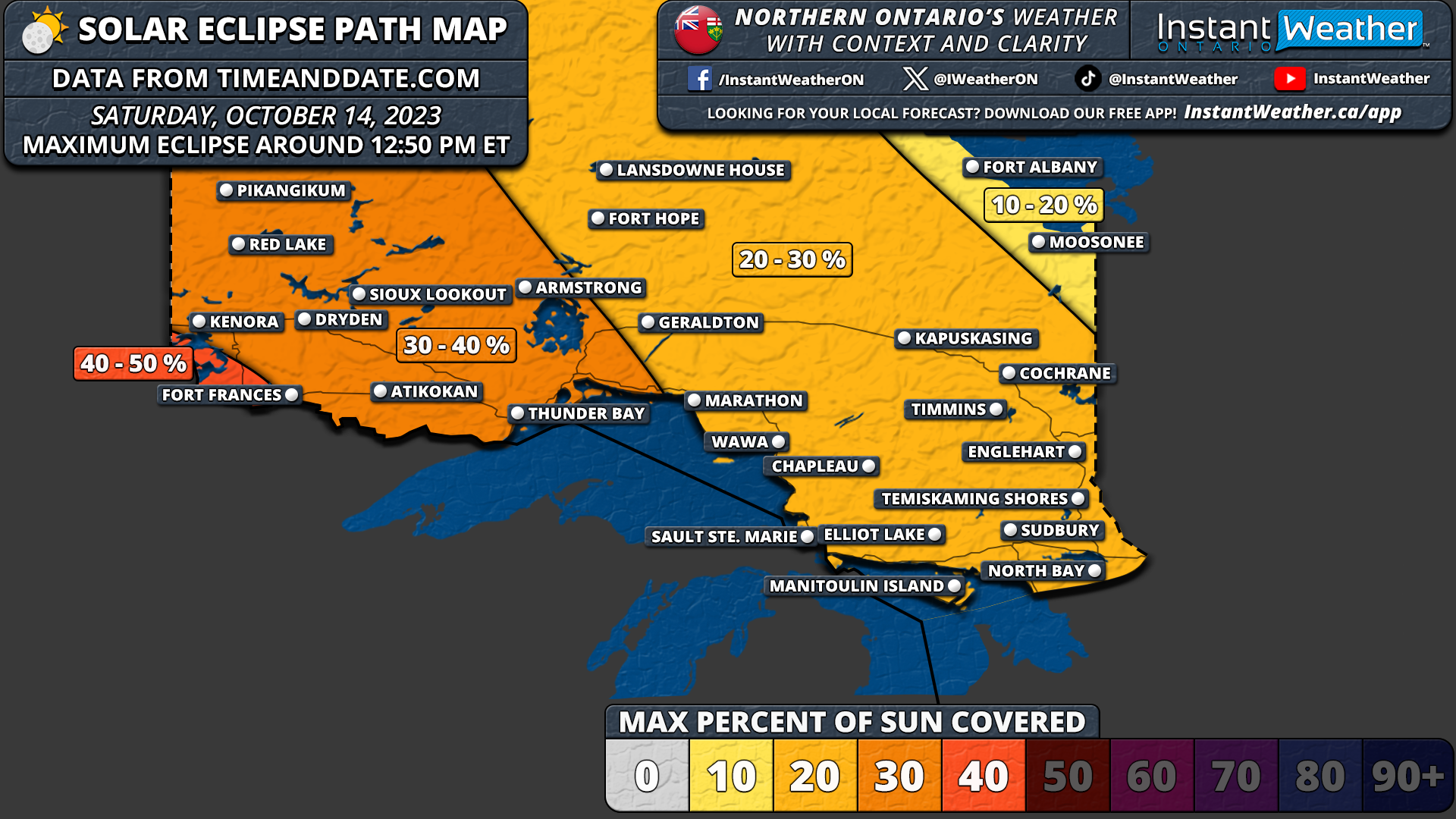Hurricane Beryl Becomes Earliest Category 5 Storm in Recorded History; Could Bring ‘Life-Threatening’ Conditions to Jamaica
/satellite DATA FROM pivotal weather
In what has been an unusually early start to the Atlantic hurricane season, Hurricane Beryl continues to break records after making landfall earlier Monday on Grenada’s Carriacou Island.
Reports of widespread damage have come in from the Lesser Antilles, including Carriacou, which has reportedly been nearly flattened by the storm. Beryl first made headlines on Sunday when it reached Category 4 status with wind speeds exceeding 210 km/h (130 mph).
This achievement makes Beryl the strongest Atlantic hurricane ever recorded in June and marks the earliest occurrence of a storm reaching Category 4 status in a year. The previous record holder was Hurricane Dennis, which achieved Category 4 status on July 8, 2005.
Just over 24 hours later, the National Hurricane Center has officially confirmed that Beryl is now a potentially catastrophic Category 5 storm, packing sustained winds of 260 km/h (160 mph) and heading towards Jamaica by Wednesday. Beryl poses a significant threat of life-threatening winds and storm surge to Jamaica later this week.
Beryl now holds the title for the earliest Category 5 storm in recorded history, surpassing Hurricane Emily on July 16, 2005. Emily and Beryl are also the only Category 5 storms on record for the month of July.
According to the National Hurricane Center:
Beryl is expected to maintain a rapid west-northwestward movement over the next few days. On its forecast track, the center of Beryl will swiftly traverse the southeastern and central Caribbean Sea from tonight through Tuesday and is projected to pass near Jamaica on Wednesday.
Recent data from NOAA Hurricane Hunters shows that maximum sustained winds have reached near 160 mph (260 km/h) with higher gusts. Beryl is now classified as a potentially catastrophic Category 5 hurricane on the Saffir-Simpson Hurricane Wind Scale.
While fluctuations in strength are anticipated over the next day or so, Beryl is expected to remain near major hurricane intensity as it moves into the central Caribbean and near Jamaica on Wednesday. Some weakening is forecast thereafter, although Beryl is expected to maintain hurricane status in the northwestern Caribbean.
As of 11 PM EDT on Monday, July 1, 2024:
A Hurricane Warning is in effect for...
Jamaica
A Tropical Storm Warning is in effect for...
South coast of Dominican Republic from Punta Palenque westward to the border with Haiti
South coast of Haiti from the border with the Dominican Republic to Anse d'Hainault




